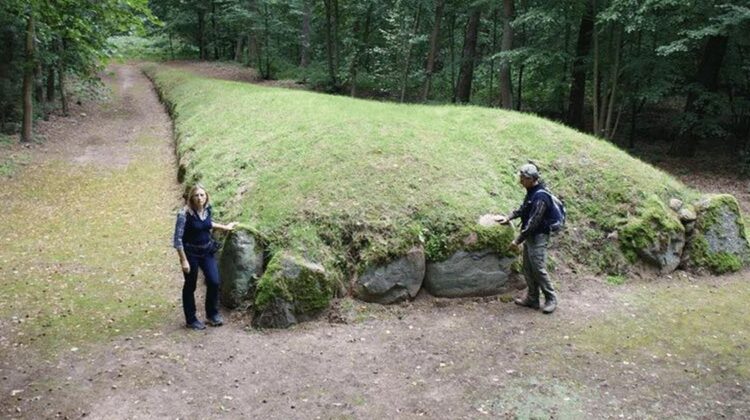
The Polish Pyramids, also known as the Kuyavian Pyramids, are a fascinating group of megalithic tombs that have been discovered in Wietrzychowice, Poland. These remarkable structures, dating back to 4000 BC, are believed to have been built by the Funnelbeaker culture, which thrived in the region from the 5th to the 3rd millennium BC.
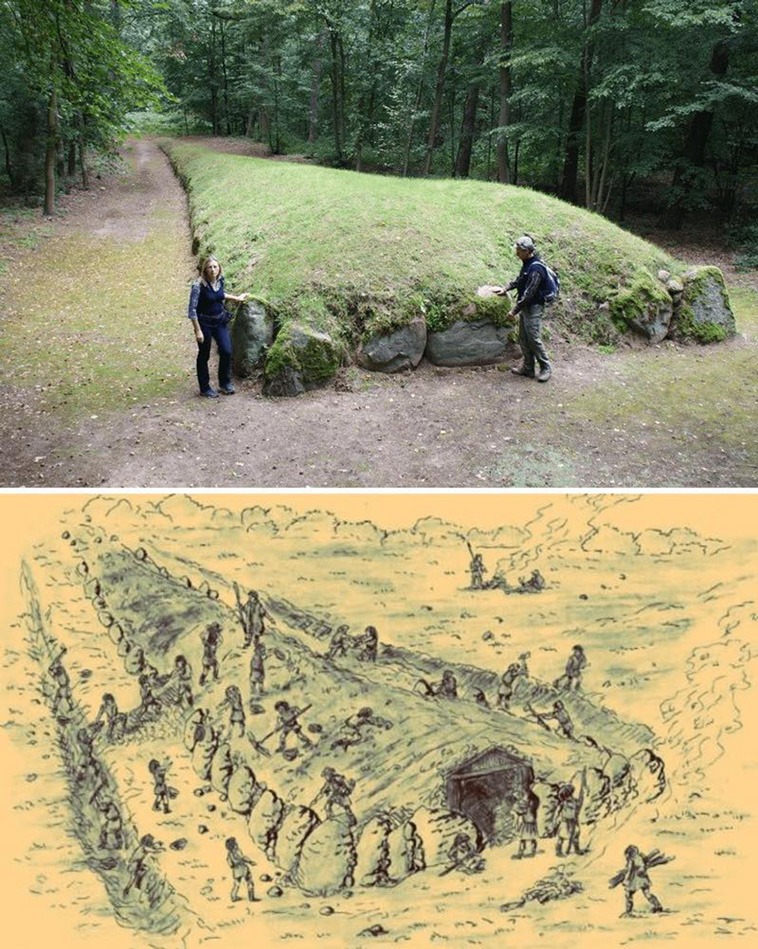
Shaped like elongated triangles and surrounded by large stone blocks, the Polish Pyramids are notable for their impressive dimensions. Their bases range from 6 to 15 meters in width and can extend up to 150 meters in length, with heights reaching up to 3 meters. These structures were typically used for the burial of elites, with single burials found beneath the embankments.

Despite being studied since the second half of the 19th century, the exact locations of the settlements of the builders remained a mystery for a long time. The area surrounding the tombs is covered by an old forest, making it difficult to investigate. However, archaeologists have employed a combination of non-invasive methods, such as drone and aerial surveys, as well as geochemical and geophysical studies, to uncover individual houses and larger settlement networks.
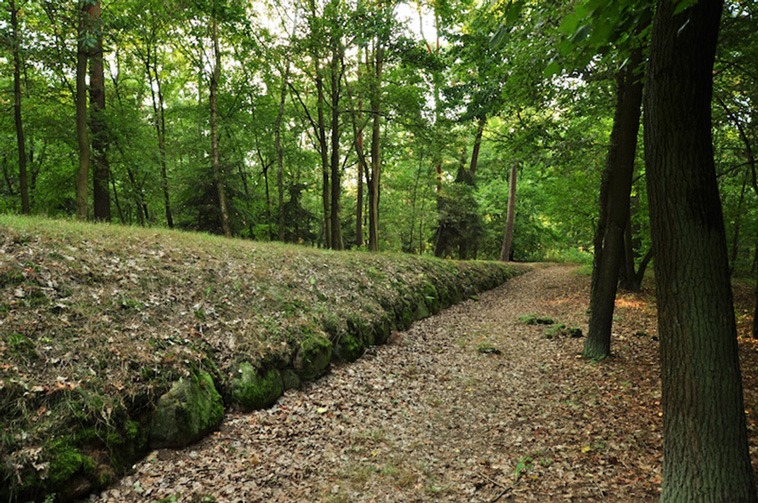
Dr. Piotr Papiernik from the Archaeological and Ethnographic Museum in Łódź explained to Nauki W Polsce: “We surveyed a total of 160 square kilometers around the tombs and discovered over 150 settlements from the period when these monumental structures were built. This allowed us to identify with certainty the places where people lived at the time when the megalithic tombs were erected. The villages were small, with up to 10 families living in each, covering an area of 1-1.5 hectares.”
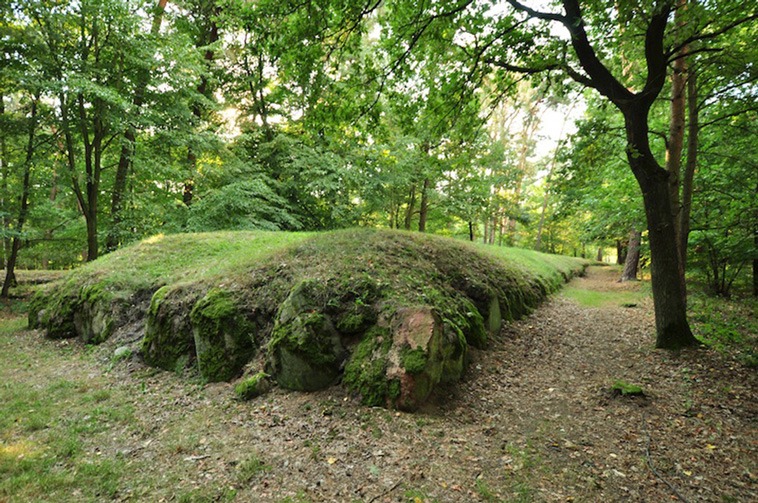
Limited excavations in these settlements have uncovered numerous animal bones from cows, pigs, sheep, and goats, indicating that the inhabitants primarily focused on livestock rather than agriculture. While the discovery of these settlements provides significant insights, it still leaves the question of where ordinary people were buried. Dr. Papiernik noted: “The elites were buried in monumental tombs, but we do not know any mass cemeteries in this area. Tens of thousands of people, many generations of them, had to be buried somewhere. Our next goal is to locate them.”
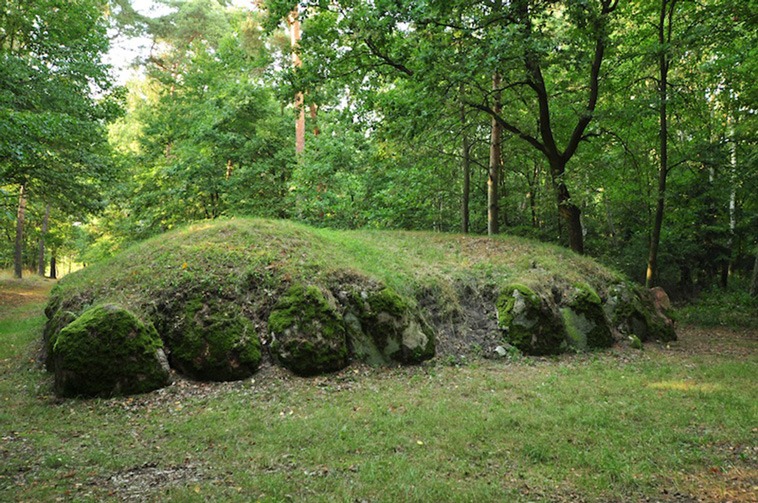
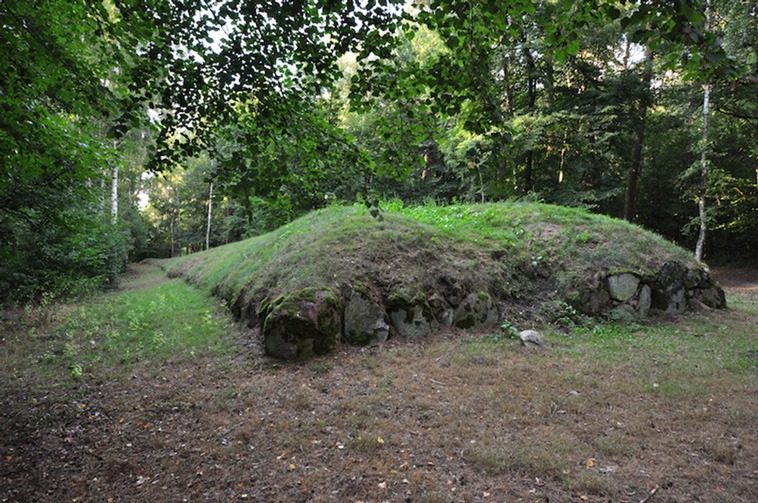
The Polish Pyramids continue to be a source of intrigue and mystery, shedding light on the ancient communities that once thrived in the region. As archaeological methods advance, further discoveries are anticipated, which will provide a deeper understanding of the Funnelbeaker culture and their monumental tombs.

Leave a Reply